"Stephen King's first book, Carrie, was rejected thirty times. Walt Disney was fired from the Kansas City Star in 1919 because he "lacked imagination and had no good ideas.' Oprah Winfrey was fired as an evening news reporter for Baltimore's WJZ-TV because she couldn't separate her emotions from her stories. Steve Job was fired from the company he started, Apple, but was desperately brought back in to save in 1997."
Get Started for FREE
Sign up with Facebook Sign up with X
I don't have a Facebook or a X account
 Your new post is loading... Your new post is loading...
 Your new post is loading... Your new post is loading...

Carol Thomson's curator insight,
April 6, 2014 3:35 PM
Have been looking for something i can use with students that they understand and dont panic about.

Nick Allsopp's curator insight,
June 11, 2013 5:26 PM
this is based in higher education, are there points that are transferable to other sectors of education?
Liza Zamboglou's curator insight,
June 12, 2013 9:37 AM
Good post outlining 20 tips on how to provide feedback that will help improve a student's performance. 
ColbyccSSS's curator insight,
June 17, 2013 11:15 AM
Valuable information for new instructors like myself

Chelsea Dobbie's curator insight,
March 26, 2015 3:52 AM
An article that highlights the current, and some great potential implementations of AI in schools.
Andreas Wong's curator insight,
March 27, 2015 4:00 AM
Artificial Intelligence can change education by being able to automate the basic activities of teachers, such as grading and essay-marking. In addition to this, the AI can interact with students and adapt their studies to fit their needs, as well as providing feedback to teachers about student performance and potential faults in courses.
Ric Fry's curator insight,
March 27, 2015 8:55 AM
Using A.I. to assist education is a great idea. A.I. can direct the course of learning to a more effective method, and can be done personally, so that none miss out. However, this may reduce the role of a teacher to that of a communicator, translator, or interpreter for the student, as no two minds work the same. |

Janet McQueen's curator insight,
December 10, 2014 4:32 PM
A resource of ideas that teachers have found implemented in their classrooms. With useful links provided.
Kathy Lynch's curator insight,
September 10, 2014 9:09 PM
Love it~ Using it tomorrow. Thx Beth Dichter 
María Dolores Díaz Noguera's curator insight,
September 11, 2014 11:33 AM
Seven Ways to Increase Student Engagement in the Classroom 
Mary Starry's curator insight,
September 13, 2014 9:38 PM
Great graphic that summarizes things we've all heard before, but helps keep them in mind so we really do utilize them with students.

Jeffrey Burk's curator insight,
September 30, 2013 9:29 AM
Interesting article on assessment strategies. 
Aunty Alice's curator insight,
October 6, 2013 8:40 PM
I have practiced a system that covers four of the 5 key strategies for many years starting at five years of age. I would not teach any other way. With this kind of assessment students after seven years of age can lead parent teacher conferences with ease and confidence. Had a dad in tears once who confessed it was the first time his son had talked meaningfully to him about his learning. Then I was in tears too.... 
Aunty Alice's curator insight,
November 21, 2013 8:03 PM
A good little diagram but it does not address the issue of how to do it..it requires modelling, first by the teacher, then slowly devolving the responsibility to the learner, and focus on one subject area at a time e.g. Literacy . In my experience it also requires set aside time with each student to assess together, recording what has been discussed so it is not forgotten. I am talking about elementary learners here..

Pedro Barbosa's curator insight,
January 26, 2013 4:27 AM
Pedro Barbosa | www.pbarbosa.com | www.harvardtrends.com 
Sandra V. Barbosa's curator insight,
January 26, 2013 9:26 PM
Se você perguntar a um aluno o que o torna bem sucedido na escola, provavelmente você não ouvirá sobre de algum livro fantástico novo ou série de palestras . Muito provavelmente você vai ouvir algo como: "Foi tudo o Sr. Jones. Ele simplesmente nunca desistiu de mim. "
Lisl Trowbridge's curator insight,
October 15, 2014 1:23 PM
Wiggins provides 7 key elements of feedback.
Tony Palmeri's curator insight,
October 4, 2015 7:27 PM
Feedback and advice are not synonymous!
Great suggestions on providing effective feedback. Giving feedback that is actionable is important when providing instructional supervision and support. 
Erin Ryan's curator insight,
October 19, 2015 8:15 PM
Feedback is information given to help us understand how we are doing when working to achieve a goal. Feedback should be goal-referenced meaning the information we provide gives the person information as to whether they are on track. It should be tangible and transparent, actionable, user-friendly, timely, ongoing and consistent. Specific examples of what was right and what needs work are very important to the receiver. As administrators, we need to be continuously providing our teachers feedback both formally and informally through meetings (face to face), discussions, emails. |






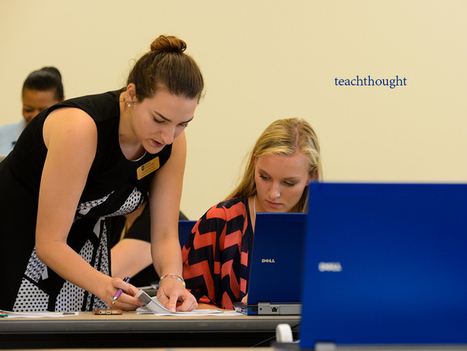
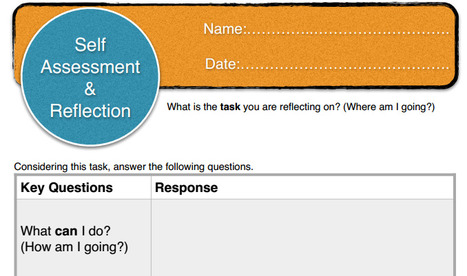


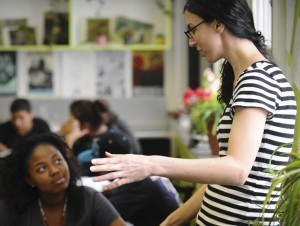



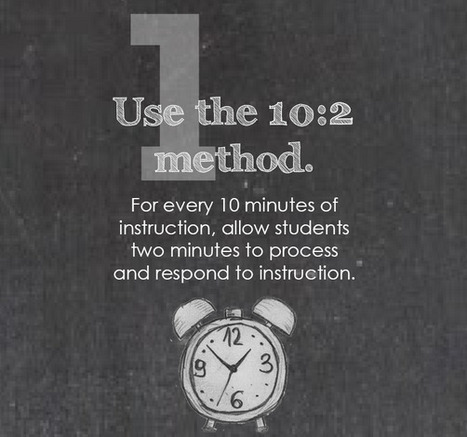
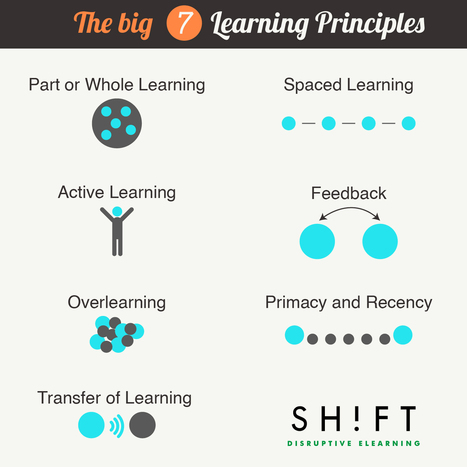

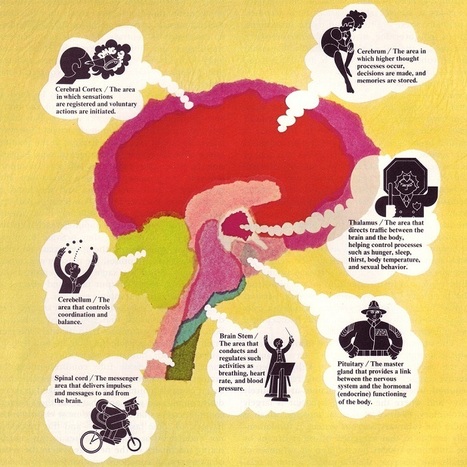





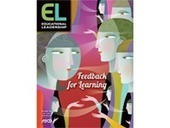

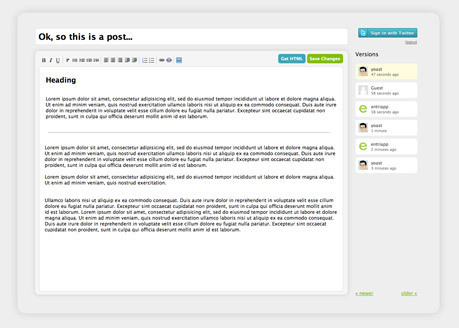





What is similar about all the situations mentioned above? In each, the individual was criticized, but they each moved on and became public figures who were incredibly successful. They learned from criticism.
This post explores criticism, sharing a section on how criticism originally focused on literary criticism, which was also at a time when many could not read or write, and tracing the history forward to today, where we often use the word feedback.
The post provides insight into why people often react negatively to criticism and then moves to ways to embrace criticism. Below are three examples from the post. More information on each is in the post as are additional ideas...and think about this as a type of mindset that may help our learners move forward.
* Be intellectually humble.
* Remember your own human tendency to criticize.
* Lower your defenses and take responsibility.